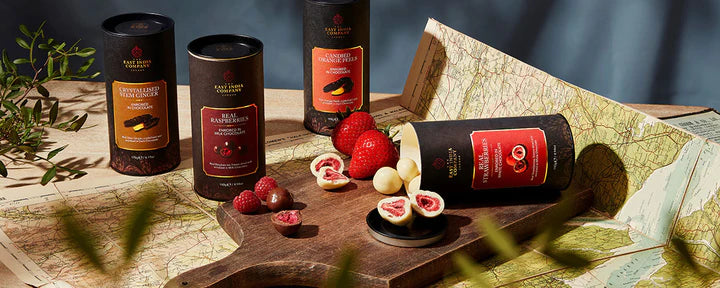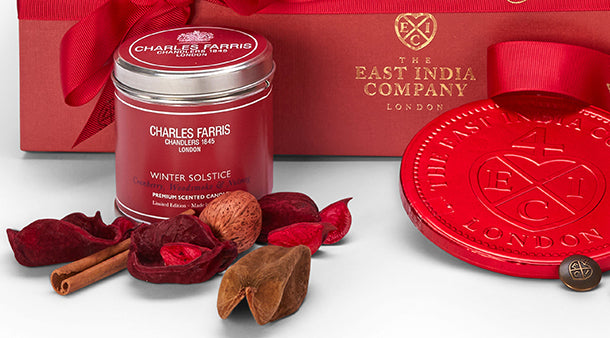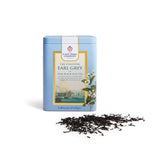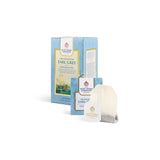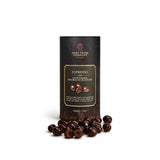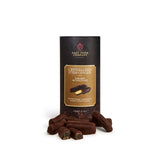Stories
Porcelain: From China to Europe
This porcelain was brought back to London by The East India Company pioneers and was very popular amongst wealthy customers who had some involvement with the Company, such as London merchants, ship captains, governors, and politicians.
Into the 18th century, now instead of complementing the European market with distinctive Chinese designs, China started to compete directly with European manufacturers, making goods entirely according to western specification, in both shape and now pattern. European families might order entire dinner services emblazoned with their own coat of arms.
Tea exports from China were booming. Porcelain production too.
Much is made of the East India Company’s discovery and importation of porcelain from China, yet for most of the eighteenth century it made up no more than 2% of the total annual value of the Company’s China trade.
But it was the catalyst for the British porcelain industry, which was about to take off, with consequent decline in imports from China.
What happened next? See our Story ‘Porcelain: From Chinoiserie to the Brown Betty’.
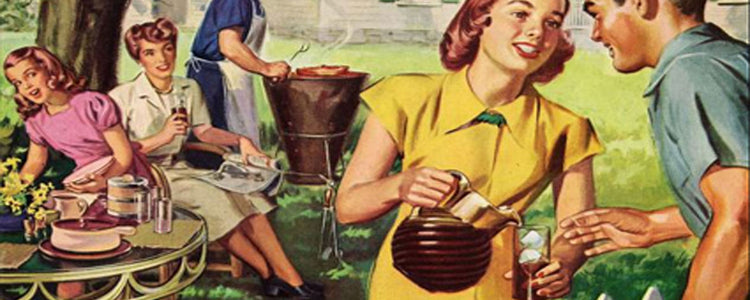
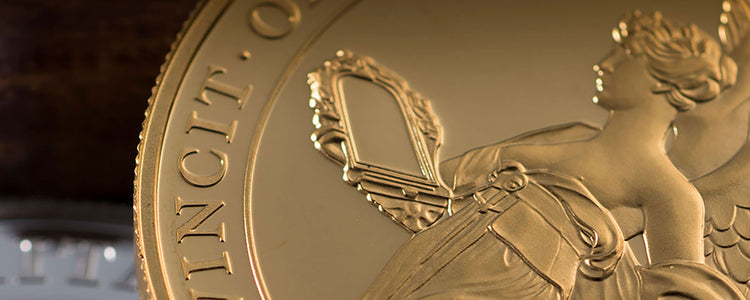
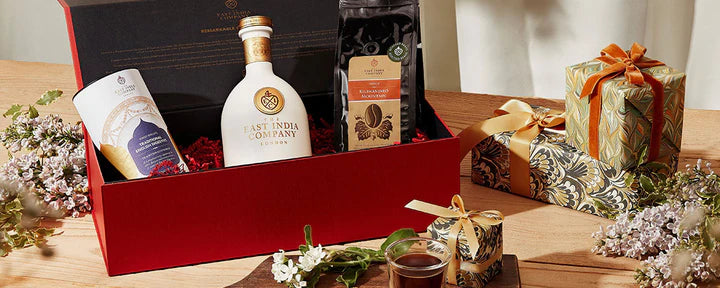
 Ceylon / Sri Lanka
Ceylon / Sri Lanka Assam, India
Assam, India Japan
Japan Taiwan
Taiwan Nepal
Nepal China
China Kenya
Kenya Egypt
Egypt South Africa
South Africa